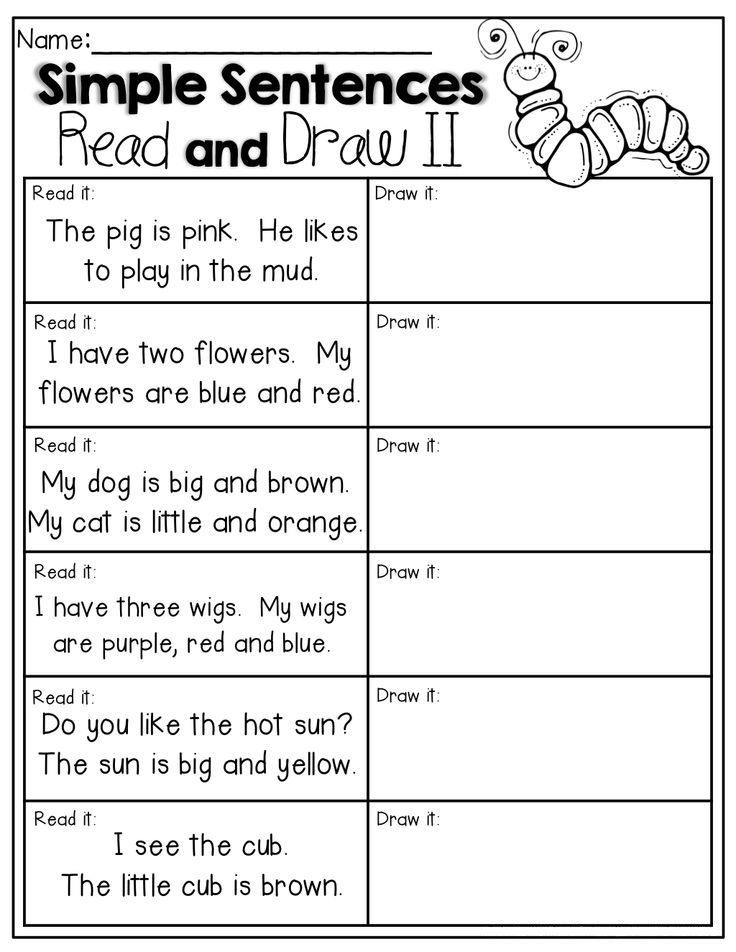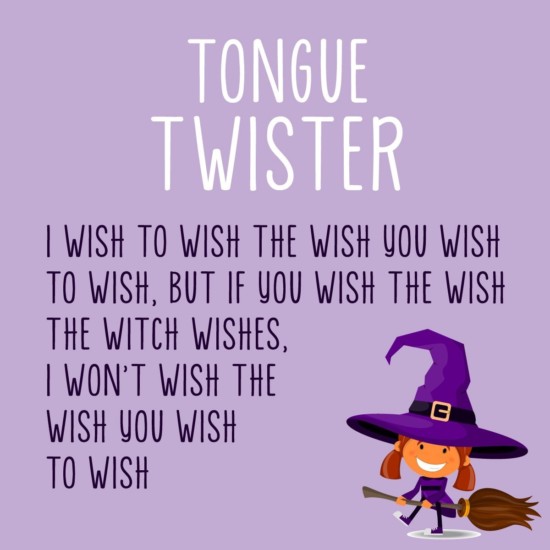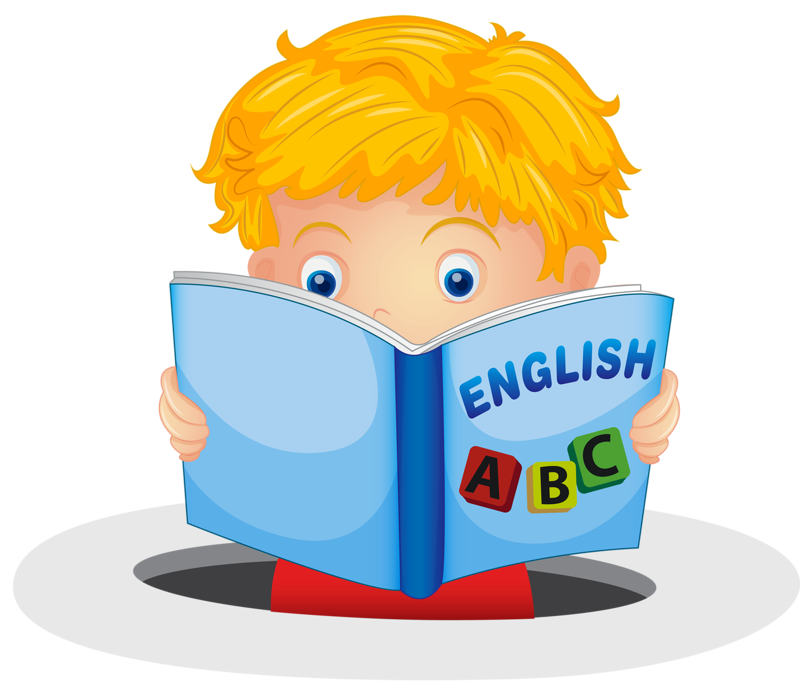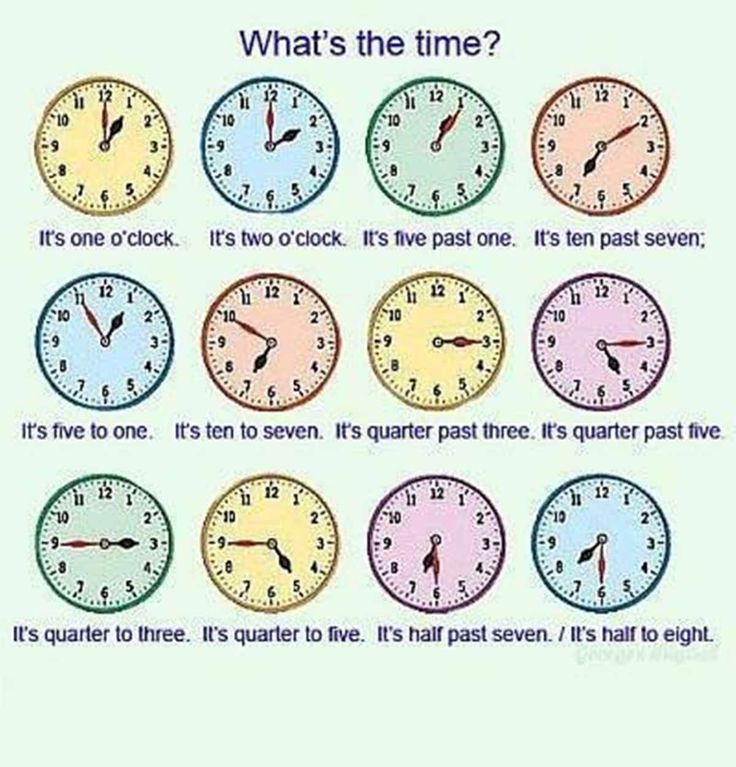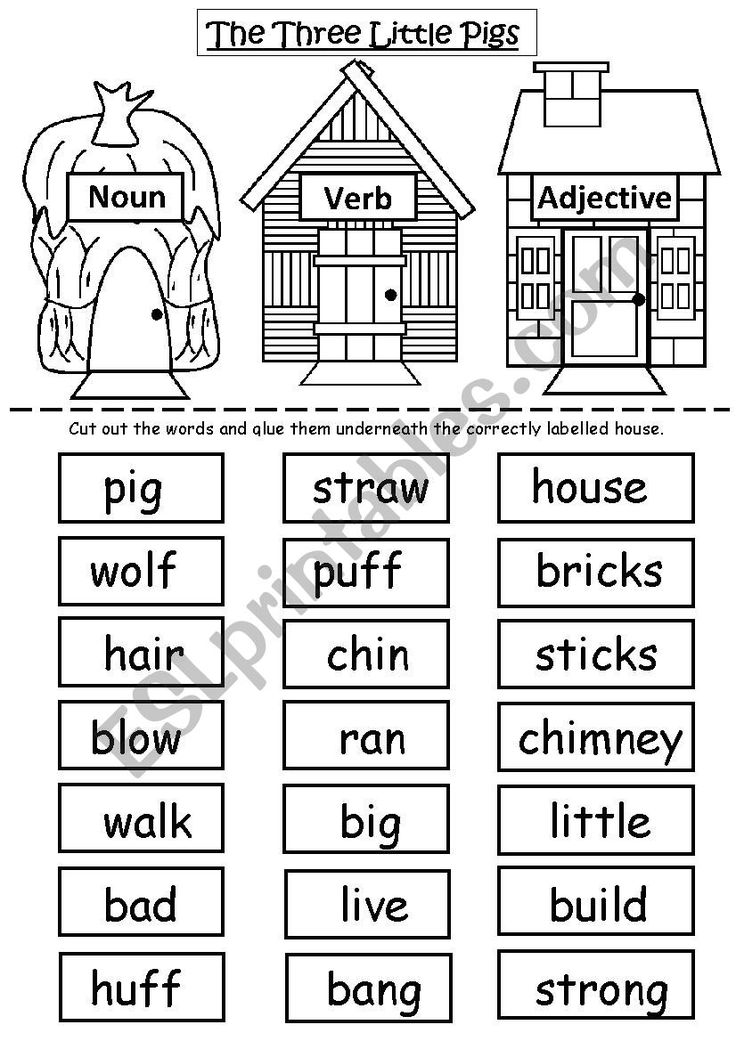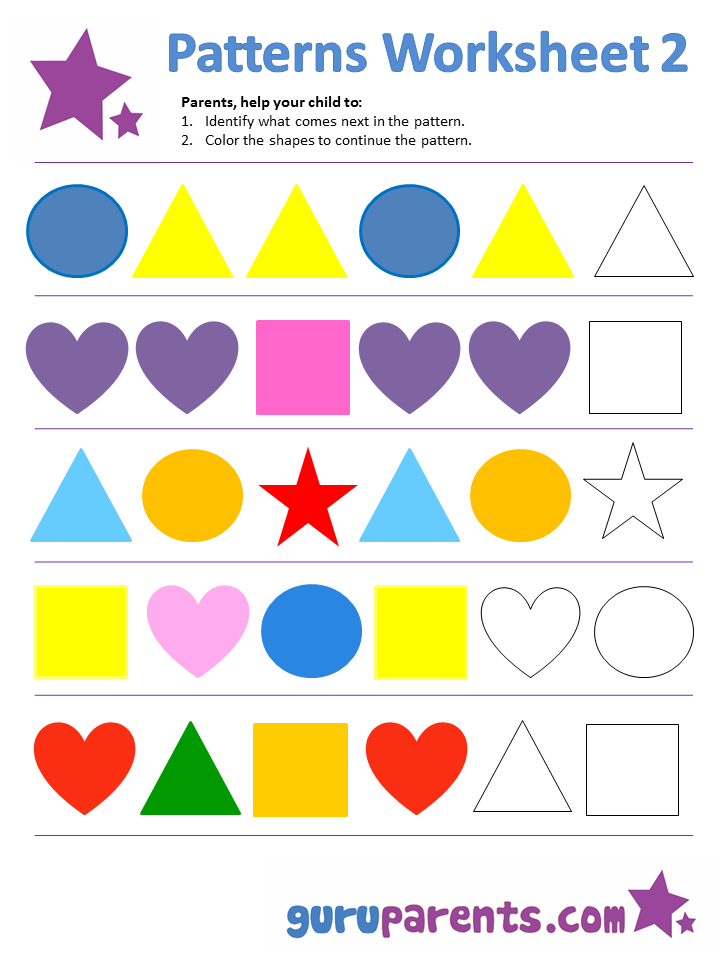Help with kindergarten reading
Reading Tips for Parents of Kindergartners
By: Reading Rockets
Play with letters, words, and sounds! Having fun with language helps your child learn to crack the code of reading. The tips below offersome fun ways you can help your child become a happy andconfident reader. Try a new tip each week. See what works best foryour child.
These tips for parents of kindergartners are also available to download and print:
Talk to your child
Ask your child to talk about his day at school. Encourage him to explain something they did, or a game he played during recess.
Say silly tongue twisters
Sing songs, read rhyming books, and say silly tongue twisters. These help kids become sensitive to the sounds in words.
Read it and experience it
Connect what your child reads with what happens in life. If reading a book about animals, relate it to your last trip to the zoo.
Use your child’s name
Point out the link between letters and sounds. Say, "John, the word jump begins with the same sound as your name. John, jump. And they both begin with the same letter, J."
Play with puppets
Play language games with puppets. Have the puppet say, "My name is Mark. I like words that rhyme with my name. Does park rhyme with Mark? Does ball rhyme with Mark?"
Trace and say letters
Have your child use a finger to trace a letter while saying the letter's sound. Do this on paper, in sand, or on a plate of sugar.
Write it down
Have paper and pencils available for your child to use for writing. Working together, write a sentence or two about something special. Encourage her to use the letters and sounds she's learning about in school.
Play sound games
Practice blending sounds into words. Ask "Can you guess what this word is? m - o - p." Hold each sound longer than normal.
Read it again and again
Go ahead and read your child's favorite book for the 100th time! As you read, pause and ask your child about what is going on in the book.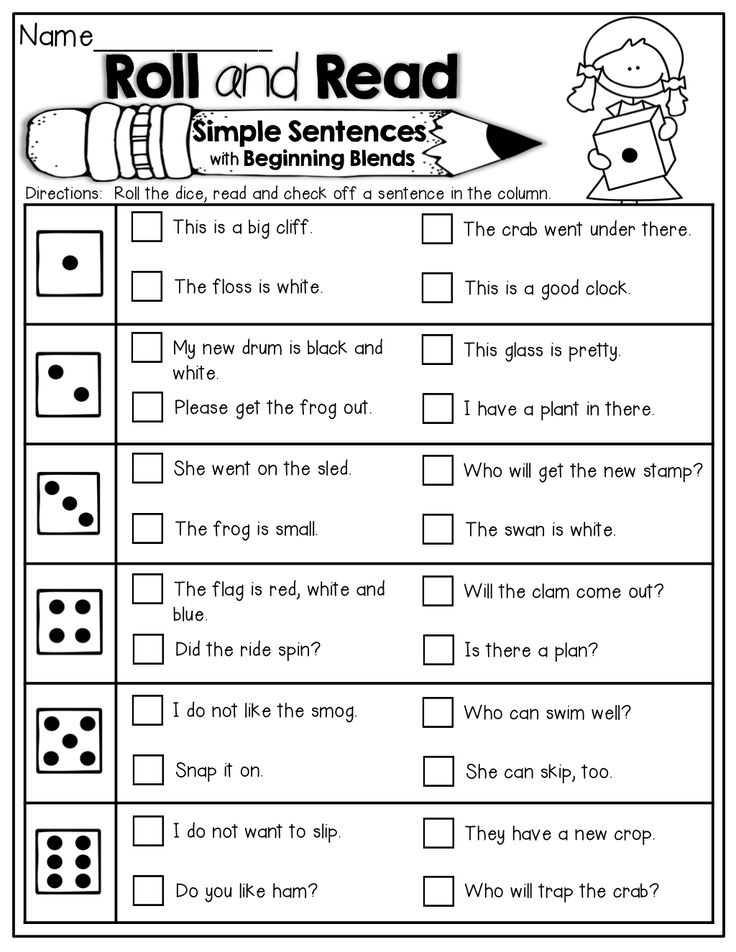
Talk about letters and sounds
Help your child learn the names of the letters and the sounds the letters make. Turn it into a game! "I'm thinking of a letter and it makes the sound mmmmmm."
Reading tips in other languages
A downloadable handout, for parents of babies, toddlers, and children in preschool to grade 3, is available in the following languages:
Reading tips for parents of…
Reading Rockets (2021)
Reprints
You are welcome to print copies or republish materials for non-commercial use as long as credit is given to Reading Rockets and the author(s). For commercial use, please contact [email protected]
Related Topics
Background Knowledge
Early Literacy Development
Oral Language
Phonological and Phonemic Awareness
Print Awareness
Reading Aloud
Writing
New and Popular
Print-to-Speech and Speech-to-Print: Mapping Early Literacy
100 Children’s Authors and Illustrators Everyone Should Know
A New Model for Teaching High-Frequency Words
7 Great Ways to Encourage Your Child's Writing
Screening, Diagnosing, and Progress Monitoring for Fluency: The Details
Phonemic Activities for the Preschool or Elementary Classroom
Our Literacy Blogs
Is Emily Hanford Right?
Kids and educational media
Meet Ali Kamanda and Jorge Redmond, authors of Black Boy, Black Boy: Celebrating the Power of You
Get Widget |
Subscribe
9 Fun and Easy Tips
With the abundance of information out there, it can seem like there is no clear answer about how to teach a child to read. As a busy parent, you may not have time to wade through all of the conflicting opinions.
As a busy parent, you may not have time to wade through all of the conflicting opinions.
That’s why we’re here to help! There are some key elements when it comes to teaching kids to read, so we’ve rounded up nine effective tips to help you boost your child’s reading skills and confidence.
These tips are simple, fit into your lifestyle, and help build foundational reading skills while having fun!
Tips For How To Teach A Child To Read
1) Focus On Letter Sounds Over Letter Names
We used to learn that “b” stands for “ball.” But when you say the word ball, it sounds different than saying the letter B on its own. That can be a strange concept for a young child to wrap their head around!
Instead of focusing on letter names, we recommend teaching them the sounds associated with each letter of the alphabet. For example, you could explain that B makes the /b/ sound (pronounced just like it sounds when you say the word ball aloud).
Once they firmly establish a link between a handful of letters and their sounds, children can begin to sound out short words.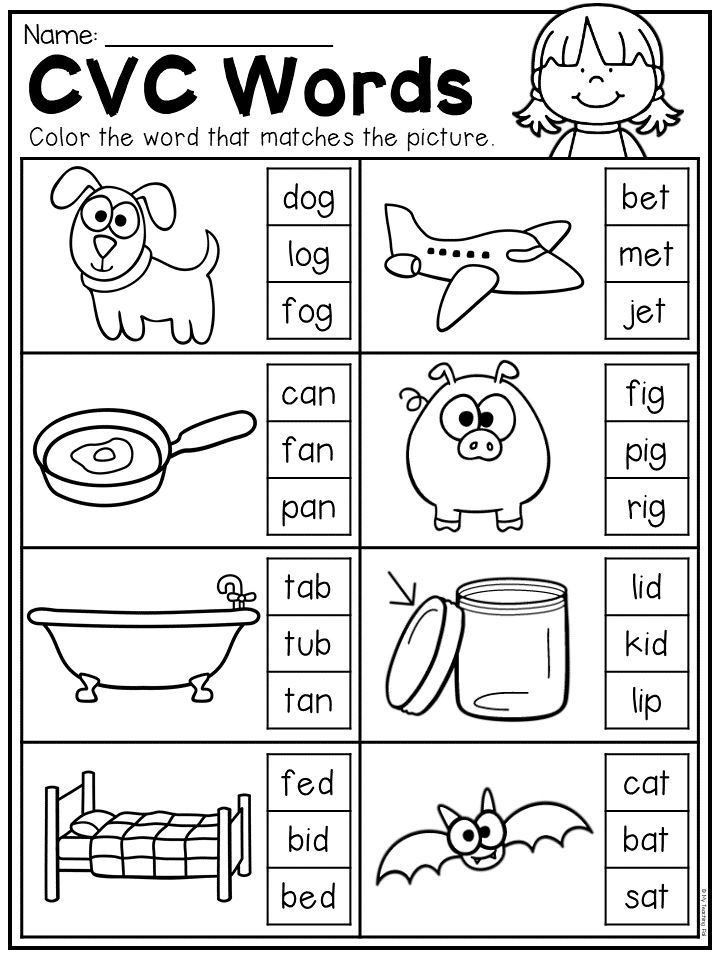 Knowing the sounds for B, T, and A allows a child to sound out both bat and tab.
Knowing the sounds for B, T, and A allows a child to sound out both bat and tab.
As the number of links between letters and sounds grows, so will the number of words your child can sound out!
Now, does this mean that if your child already began learning by matching formal alphabet letter names with words, they won’t learn to match sounds and letters or learn how to read? Of course not!
We simply recommend this process as a learning method that can help some kids with the jump from letter sounds to words.
2) Begin With Uppercase Letters
Practicing how to make letters is way easier when they all look unique! This is why we teach uppercase letters to children who aren’t in formal schooling yet.
Even though lowercase letters are the most common format for letters (if you open a book at any page, the majority of the letters will be lowercase), uppercase letters are easier to distinguish from one another and, therefore, easier to identify.
Think about it –– “b” and “d” look an awful lot alike! But “B” and “D” are much easier to distinguish.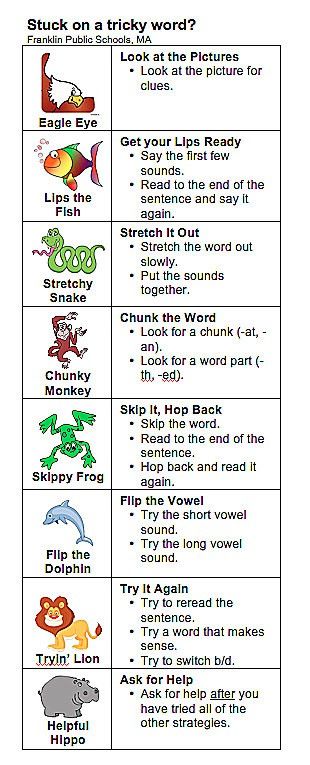 Starting with uppercase letters, then, will help your child to grasp the basics of letter identification and, subsequently, reading.
Starting with uppercase letters, then, will help your child to grasp the basics of letter identification and, subsequently, reading.
To help your child learn uppercase letters, we find that engaging their sense of physical touch can be especially useful. If you want to try this, you might consider buying textured paper, like sandpaper, and cutting out the shapes of uppercase letters.
Ask your child to put their hands behind their back, and then place the letter in their hands. They can use their sense of touch to guess what letter they’re holding! You can play the same game with magnetic letters.
3) Incorporate Phonics
Research has demonstrated that kids with a strong background in phonics (the relationship between sounds and symbols) tend to become stronger readers in the long-run.
A phonetic approach to reading shows a child how to go letter by letter — sound by sound — blending the sounds as you go in order to read words that the child (or adult) has not yet memorized.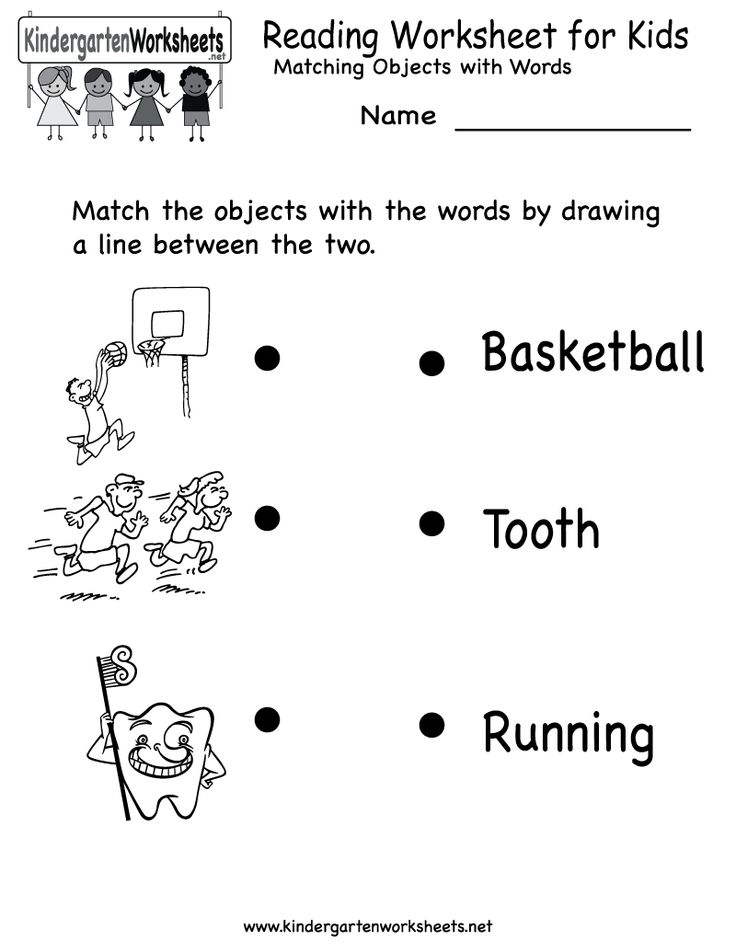
Once kids develop a level of automatization, they can sound out words almost instantly and only need to employ decoding with longer words. Phonics is best taught explicitly, sequentially, and systematically — which is the method HOMER uses.
If you’re looking for support helping your child learn phonics, our HOMER Learn & Grow app might be exactly what you need! With a proven reading pathway for your child, HOMER makes learning fun!
4) Balance Phonics And Sight Words
Sight words are also an important part of teaching your child how to read. These are common words that are usually not spelled the way they sound and can’t be decoded (sounded out).
Because we don’t want to undo the work your child has done to learn phonics, sight words should be memorized. But keep in mind that learning sight words can be challenging for many young children.
So, if you want to give your child a good start on their reading journey, it’s best to spend the majority of your time developing and reinforcing the information and skills needed to sound out words.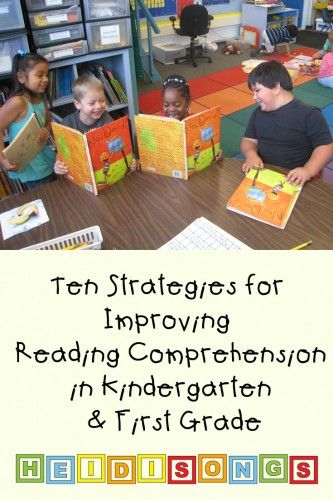
5) Talk A Lot
Even though talking is usually thought of as a speech-only skill, that’s not true. Your child is like a sponge. They’re absorbing everything, all the time, including the words you say (and the ones you wish they hadn’t heard)!
Talking with your child frequently and engaging their listening and storytelling skills can increase their vocabulary.
It can also help them form sentences, become familiar with new words and how they are used, as well as learn how to use context clues when someone is speaking about something they may not know a lot about.
All of these skills are extremely helpful for your child on their reading journey, and talking gives you both an opportunity to share and create moments you’ll treasure forever!
6) Keep It Light
Reading is about having fun and exploring the world (real and imaginary) through text, pictures, and illustrations. When it comes to reading, it’s better for your child to be relaxed and focused on what they’re learning than squeezing in a stressful session after a long day.
We’re about halfway through the list and want to give a gentle reminder that your child shouldn’t feel any pressure when it comes to reading — and neither should you!
Although consistency is always helpful, we recommend focusing on quality over quantity. Fifteen minutes might sound like a short amount of time, but studies have shown that 15 minutes a day of HOMER’s reading pathway can increase early reading scores by 74%!
It may also take some time to find out exactly what will keep your child interested and engaged in learning. That’s OK! If it’s not fun, lighthearted, and enjoyable for you and your child, then shake it off and try something new.
7) Practice Shared Reading
While you read with your child, consider asking them to repeat words or sentences back to you every now and then while you follow along with your finger.
There’s no need to stop your reading time completely if your child struggles with a particular word. An encouraging reminder of what the word means or how it’s pronounced is plenty!
Another option is to split reading aloud time with your child.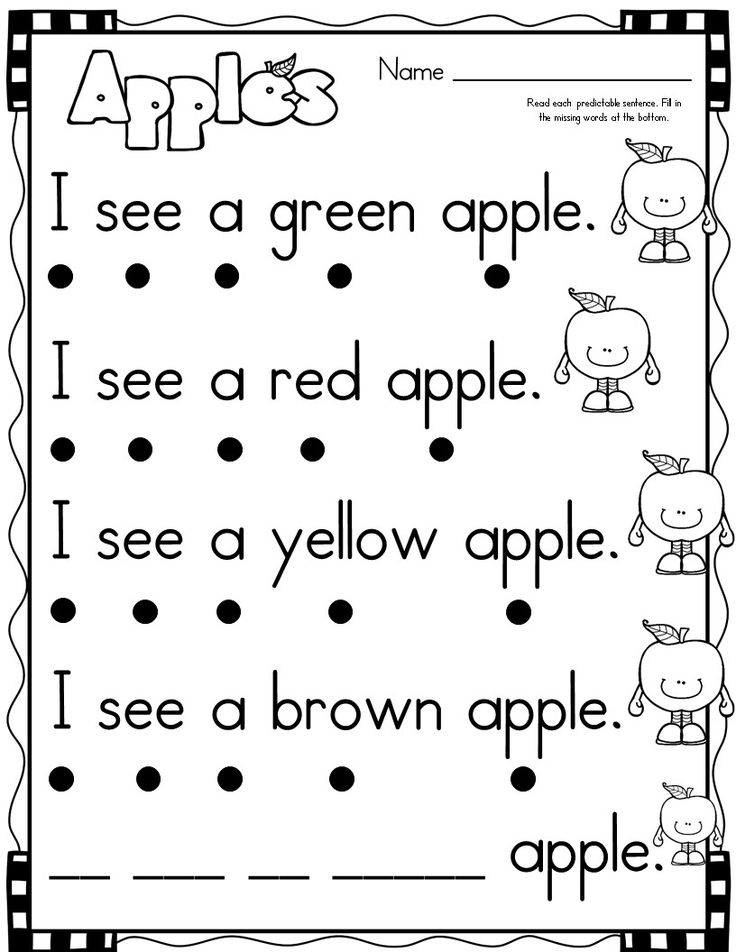 For emerging readers, you can read one line and then ask them to read the next. For older children, reading one page and letting them read the next page is beneficial.
For emerging readers, you can read one line and then ask them to read the next. For older children, reading one page and letting them read the next page is beneficial.
Doing this helps your child feel capable and confident, which is important for encouraging them to read well and consistently!
This technique also gets your child more acquainted with the natural flow of reading. While they look at the pictures and listen happily to the story, they’ll begin to focus on the words they are reading and engage more with the book in front of them.
Rereading books can also be helpful. It allows children to develop a deeper understanding of the words in a text, make familiar words into “known” words that are then incorporated into their vocabulary, and form a connection with the story.
We wholeheartedly recommend rereading!
8) Play Word Games
Getting your child involved in reading doesn’t have to be about just books. Word games can be a great way to engage your child’s skills without reading a whole story at once.
One of our favorite reading games only requires a stack of Post-It notes and a bunched-up sock. For this activity, write sight words or words your child can sound out onto separate Post-It notes. Then stick the notes to the wall.
Your child can then stand in front of the Post-Its with the bunched-up sock in their hands. You say one of the words and your child throws the sock-ball at the Post-It note that matches!
9) Read With Unconventional Materials
In the same way that word games can help your child learn how to read, so can encouraging your child to read without actually using books!
If you’re interested in doing this, consider using PlayDoh, clay, paint, or indoor-safe sand to form and shape letters or words.
Another option is to fill a large pot with magnetic letters. For emerging learners, suggest that they pull a letter from the pot and try to name the sound it makes. For slightly older learners, see if they can name a word that begins with the same sound, or grab a collection of letters that come together to form a word.
As your child becomes more proficient, you can scale these activities to make them a little more advanced. And remember to have fun with it!
Reading Comes With Time And Practice
Overall, we want to leave you with this: there is no single answer to how to teach a child to read. What works for your neighbor’s child may not work for yours –– and that’s perfectly OK!
Patience, practicing a little every day, and emphasizing activities that let your child enjoy reading are the things we encourage most. Reading is about fun, exploration, and learning!
And if you ever need a bit of support, we’re here for you! At HOMER, we’re your learning partner. Start your child’s reading journey with confidence with our personalized program plus expert tips and learning resources.
Author
Parent Information
APPLICATION FORMS:
- Preschool Application Form
- Receipt for the provision of documents
- Application form for training in an adapted educational program for preschool education
- Application form for refusal of a seat
- Application form for expulsion from the preschool group
- Vacation application form
CATERING:
- This link will take you to the Department of Education website, which contains regulations on catering and compensation for care and maintenance, memos for parents and an email address for questions.
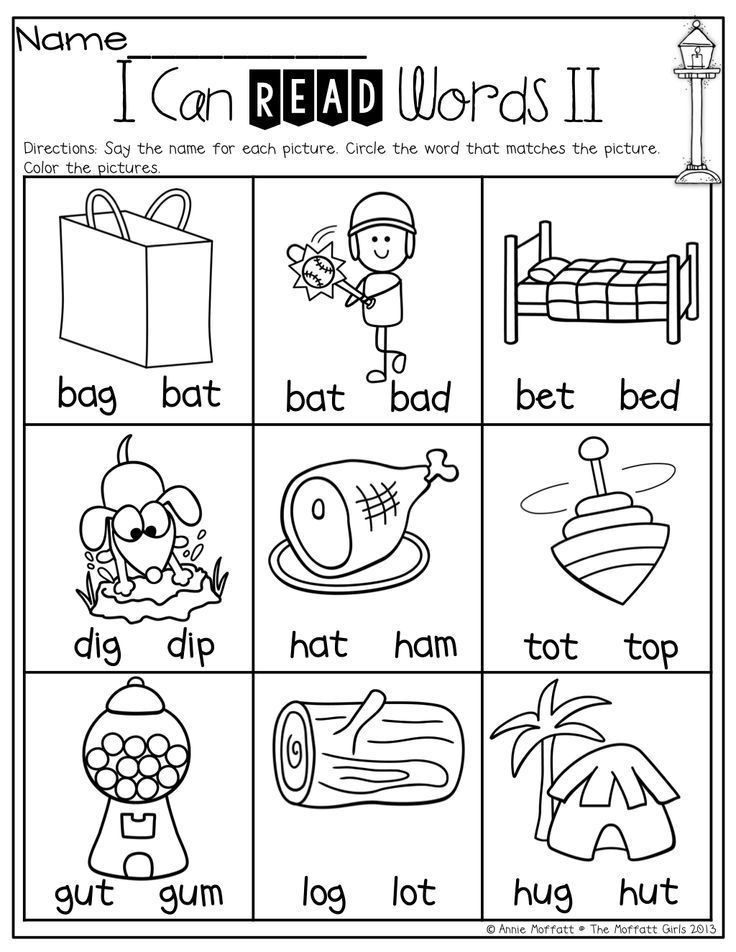
- ORDER dated 08.08.2019 No. 34-np "On amendments to the order of the Department of Education of the Yaroslavl Region dated 03.25.2014 No. 34-np"
Dear parents! You can see your children's daily menu at the link: Hot meals at school
Parent Information Corner
Dear Parents! Today we will talk with you on an interesting and exciting topic: “How to form an interest in communicating with a book, reading in preschool children”?
I don't think it's worth mentioning that there is a tendency in society to reduce the interest and need for reading. Especially worryingly, this affects children, who are more attracted to watching TV, playing games on tablets and computers. Yes, and many parents prefer electronic games of a developing and educational nature, rather than reading fairy tales to their child or doing them. But it is precisely the preschool age that is distinguished by curiosity and emotionality. It is at this age that interest in the book is born, the reader's experience is acquired.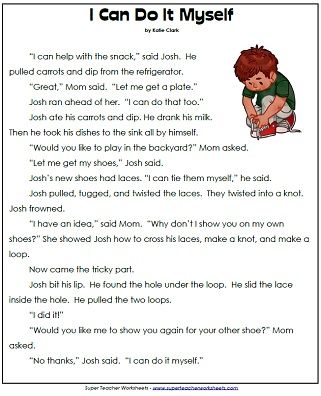 nine0038 Therefore, to form a need for reading in a preschool child is a very important task for teachers and parents.
nine0038 Therefore, to form a need for reading in a preschool child is a very important task for teachers and parents.
The process of forming a child's interest in a book and its content at preschool age is largely determined by how much parents are involved in this process, what is the attitude of the family to the book, how the process of reading at home is organized, and how much interest in what is read in kindergarten is maintained. From talking with children about whether parents read books to you, I came to the bitter conclusion that some parents do not attach much importance to the role of books in the development of the child, while others hope that the child will acquire the necessary reading experience in kindergarten. However, if this issue is not dealt with in a timely manner, it will be difficult to form an interest in reading in elementary school, and in some cases it is impossible.
One of the important ways to solve this issue is the systematic work of introducing the child to reading children's literature both in preschool and in the family. It is the family, with its unique atmosphere of kinship, intra-family relations, the love of parents, that provides children with psychological comfort. And the child's love and trust in his parents make him particularly susceptible to their influence. It is necessary to maintain constant cooperation between the family and the kindergarten and be a logical continuation of the work. nine0040 - In kindergarten groups, an appropriate subject-developing environment is organized, at home there should also be a corner with books selected by the age of the children. There, the child, together with his parents, gets acquainted with new books and shares what he has read with the children in a group (with a demonstration of the book).
It is the family, with its unique atmosphere of kinship, intra-family relations, the love of parents, that provides children with psychological comfort. And the child's love and trust in his parents make him particularly susceptible to their influence. It is necessary to maintain constant cooperation between the family and the kindergarten and be a logical continuation of the work. nine0040 - In kindergarten groups, an appropriate subject-developing environment is organized, at home there should also be a corner with books selected by the age of the children. There, the child, together with his parents, gets acquainted with new books and shares what he has read with the children in a group (with a demonstration of the book).
- If possible, take your children to the nearest library.
- Spend more time to familiarize the child with his native land, with his small homeland (tell about the traditions of our ancestors, the history of the village, its culture, introduce the art of our fellow countrymen, introduce the heroes of our village, spend more time in nature, each time paying attention to its characteristics).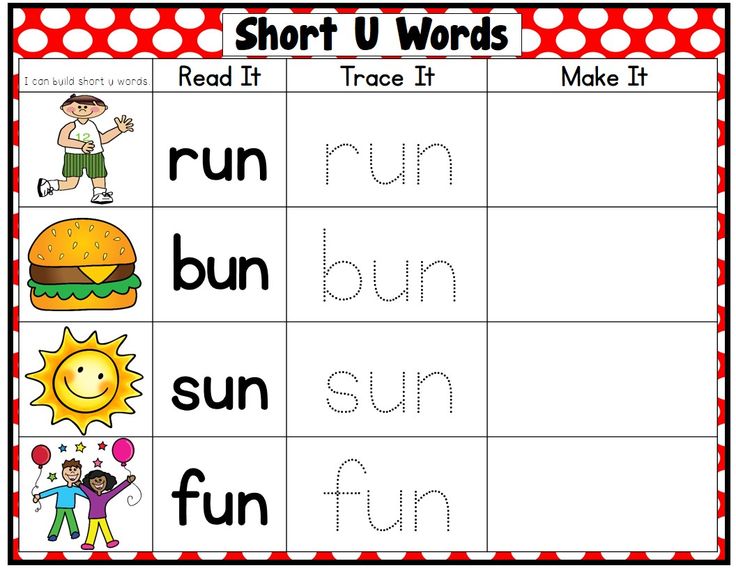 This will keep you in child interest in knowledge, motive to search for new information.
This will keep you in child interest in knowledge, motive to search for new information.
- It is necessary to help the child to be realized in independent creative activity. Read a fairy tale or story, draw the characters of the work or plot, bring the work to the garden, show and tell grandmother, etc.
- Choose a book together in the store, jointly discussing the need to choose a particular book, getting acquainted with its contents.
- Encourage and support the desire and participation of the child in various creative competitions (competition of poems, songs, dances, drawings; theater activities, dramatization games, role-playing games ...) while not forgetting to refer to additional information that can be found together in books (about the author of poetry, about the artist, the history of the origin of dance, tell about the theater and its work, play a fairy tale plot together, etc.). nine0003
- Ask every day about what you read today? What poem did you learn? And let's remember the verses that you know with you! I like them so much.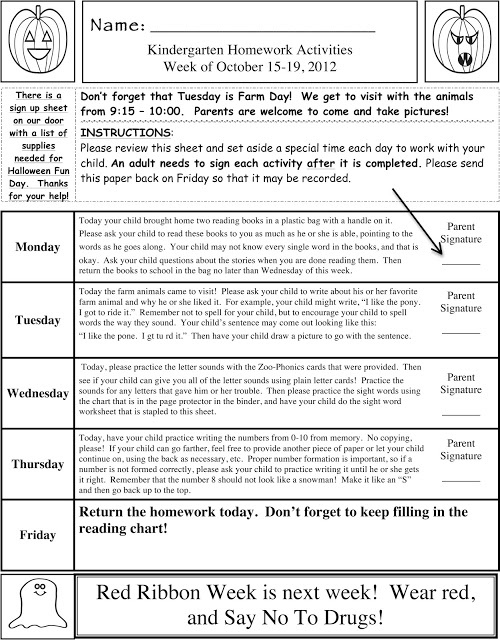 Showing your interest in the activities of the child, you thereby stimulate him to the manifestation of greater cognitive activity.
Showing your interest in the activities of the child, you thereby stimulate him to the manifestation of greater cognitive activity.
Dear parents! Try to be an active partner in all creative endeavors of the kindergarten. Take an active part in all activities with your children. Live this period (preschool childhood) together, not side by side. It is during this period that you need to have time to lay down and develop all the best, to form all the most valuable. nine0040 To form a child's interest in reading at this age through various activities means taking care of his intellectual, moral, spiritual potential, opening the way to the most important source of information - a book!
7 secrets of cultivating interest in reading.
1 secret. Read for yourself.
It is not our words that bring up a child, but deeds and the environment. A family where parents often read and discuss books is likely to grow up to be a good reader. Want to instill an interest in reading in your child? Read for yourself and read to your child, talk about what you read, discuss books. nine0040 2 secret. Learn by playing.
nine0040 2 secret. Learn by playing.
A person will never love what is given to him with difficulty. He will endure, but not love. If you teach a child to read, teach in a way that makes it easy and interesting for him, teach while playing. Only in the game can a child learn without feeling pressure, without experiencing stress and negativity. It is in the game that the best results are achieved at the lowest cost.
3 secret. All through interest!
The interest of the child comes first, not what you want or need. Read those books that your child likes, that are interesting to him. Read books by age! And if, in fact, you need to read something that does not delight the child, then help the child read and understand, read it together. nine0040 4 secret. Book design.
Pay attention to the design of the book. Children simply need illustrations in the book, good quality paper and clear type. It is very good if each page has a large illustration and some text.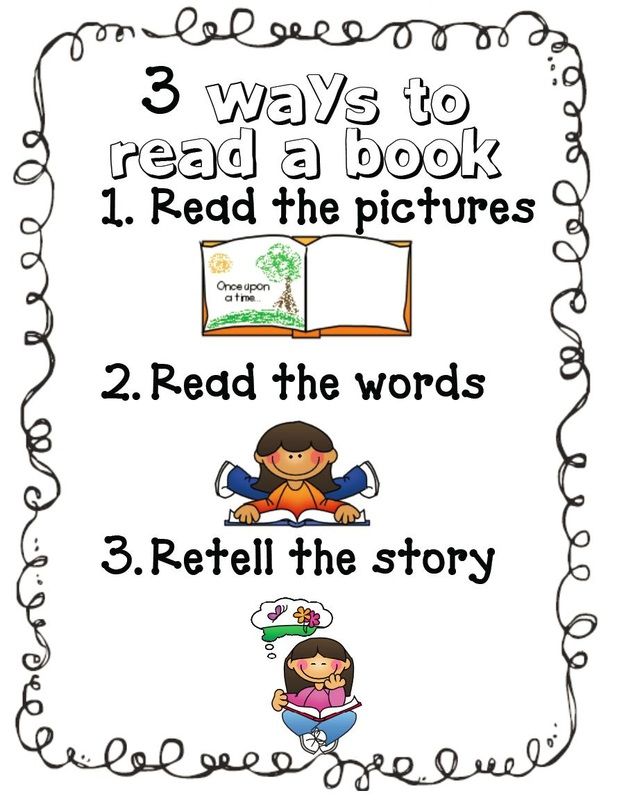 Because a large amount of text causes fear, tires the child and reduces the ability to understand the text.
Because a large amount of text causes fear, tires the child and reduces the ability to understand the text.
5 secret. Use the Cassil method.
Find an interesting book and start reading. Get to a very interesting moment, where some kind of intrigue is created, a turning point in events, and suddenly remember that you need to do something urgently - stop reading. Leave the book with a bookmark and tell your child that he can wait until tomorrow or try reading on his own. Of course, the child will want to know the sequel, but not everyone will pick up a book and start reading. Someone will wait until tomorrow. But if the child took the book and began to read, then it is worth praising him and offering to read it together (line by paragraph). The next time the child will again take the book and begin to read it in the hope that you will immediately come to the rescue. But don't rush. Of course, it is necessary to praise him for his desire to read, but it is not immediately possible to come to the rescue.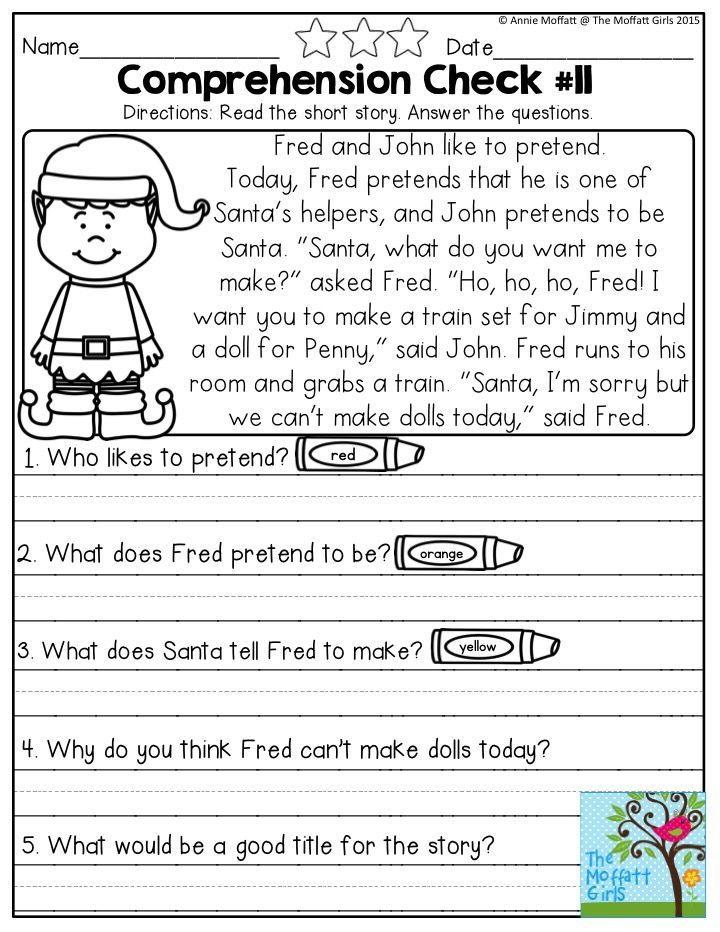 Let him read a little. And only then you offer to read alternating. And so every time you praise the child for the desire to read, but help to finish reading later and less. So gradually you will reach the moment when the child finishes everything himself. nine0040 6 secret. Read to a child!
Let him read a little. And only then you offer to read alternating. And so every time you praise the child for the desire to read, but help to finish reading later and less. So gradually you will reach the moment when the child finishes everything himself. nine0040 6 secret. Read to a child!
Read to your child, even if he can already read. In any case, you will read better than the child, show him an example of correct and expressive reading, and help him better understand the meaning of the text. By reading with your child, you will get to know the interests of the child, his thoughts and desires better. And the child will feel your support and interest, which contributes to the development of mutual understanding. Joint reading also contributes to the development of mindfulness, because an adult can always ask a clarifying question, and the child needs to answer it. nine0040 7 secret. We develop interest through the situation of victory.
Ask your child problematic questions, provoke an argument and offer to find out who is right with the help of a book.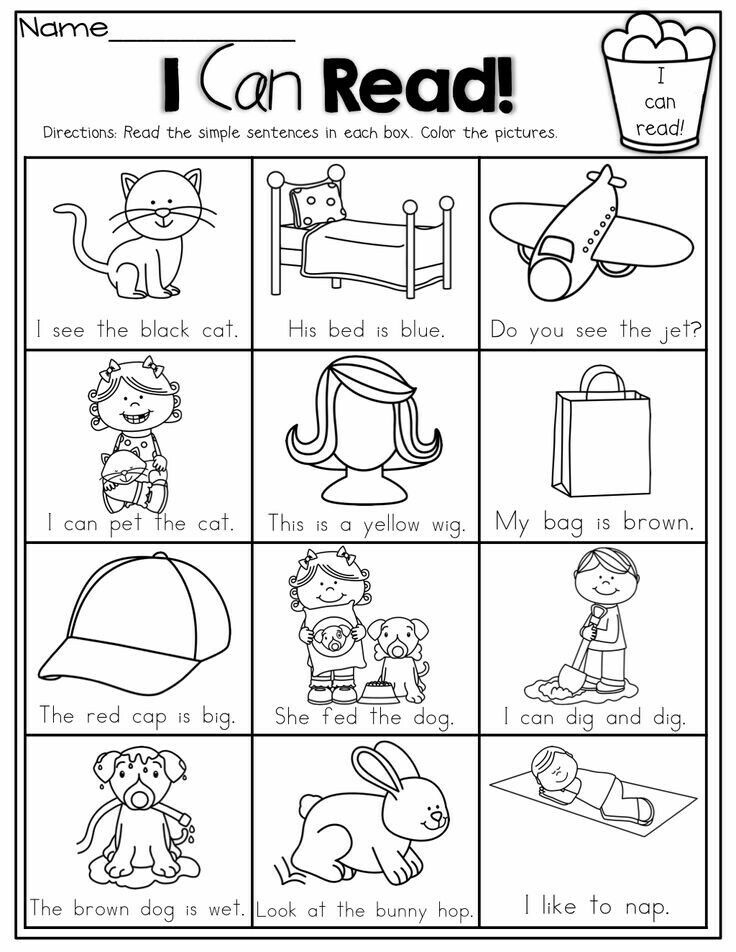 Of course, the child wants to prove that he is right, and most likely, he will look for proof of his innocence. At first, of course, it is necessary to adjust the question so that the child is still right. This forms success and reinforces the feeling of pleasure from the process of finding evidence. The child understands that he read not in vain. There are many such controversial questions. For example: children from kindergarten know that a swallow is a migratory bird. And you say no, the swallow hibernates, only she hides under the bark of trees or burrows into the ground. And show that it is written in this book. Most children will prove what they were told in kindergarten or school. And you stand your ground and offer to find the answer in the book. Of course, you need to know in advance where you can find the answer and show the child this page or chapter. But how much joy the child will have when it turns out that he is still right! Be sure to praise your child for wanting to find the right answer and admit that you were wrong.
Of course, the child wants to prove that he is right, and most likely, he will look for proof of his innocence. At first, of course, it is necessary to adjust the question so that the child is still right. This forms success and reinforces the feeling of pleasure from the process of finding evidence. The child understands that he read not in vain. There are many such controversial questions. For example: children from kindergarten know that a swallow is a migratory bird. And you say no, the swallow hibernates, only she hides under the bark of trees or burrows into the ground. And show that it is written in this book. Most children will prove what they were told in kindergarten or school. And you stand your ground and offer to find the answer in the book. Of course, you need to know in advance where you can find the answer and show the child this page or chapter. But how much joy the child will have when it turns out that he is still right! Be sure to praise your child for wanting to find the right answer and admit that you were wrong.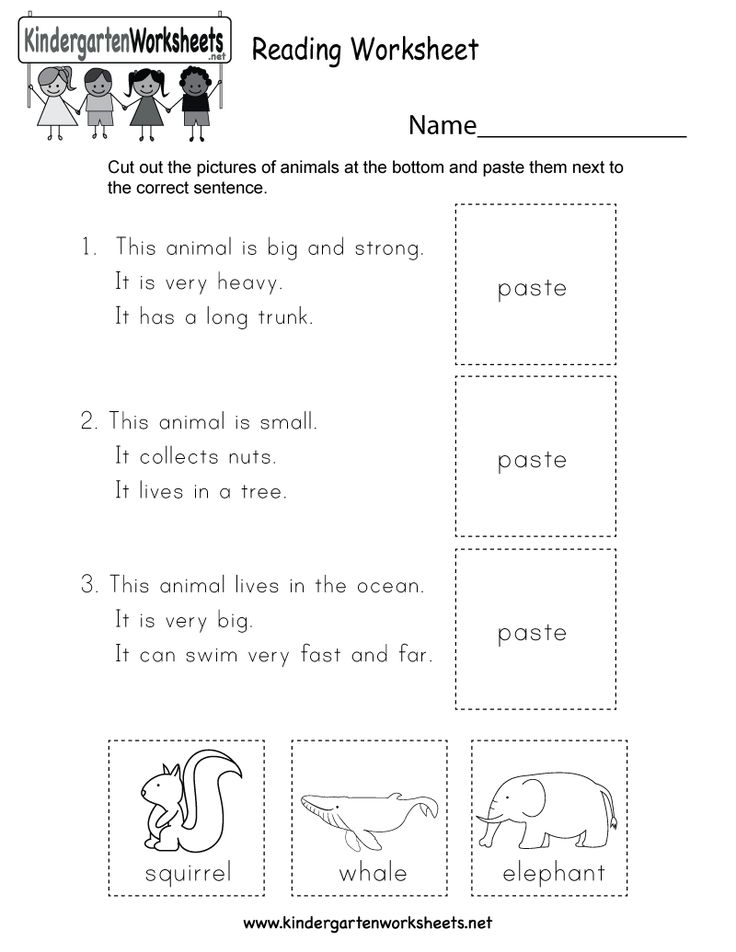 Tell the child. Retell the most interesting moments from the books to your child and show where you can read the sequel. Tell interesting facts about the life of animals and plants, about transport and weapons - all this can be easily found in encyclopedias and show where you can read it. Come up with various tests based on the works of children's authors, for example, on Pushkin's fairy tales. Compose stories and fairy tales with him, write them down in the form of books and give them to friends. nine0003
Tell the child. Retell the most interesting moments from the books to your child and show where you can read the sequel. Tell interesting facts about the life of animals and plants, about transport and weapons - all this can be easily found in encyclopedias and show where you can read it. Come up with various tests based on the works of children's authors, for example, on Pushkin's fairy tales. Compose stories and fairy tales with him, write them down in the form of books and give them to friends. nine0003
If you rely on these secrets in communicating with your child, you will definitely interest him in reading. A reader is always an interesting and successful person.
Reading to children is wonderful, reading correctly is productive (effective) reading. The process of reading is carried out by teachers in regime moments, at GCD using one or another technology.
- What is technology? This is a sequence of steps.
- What is productive reading? Productive from the word "product".
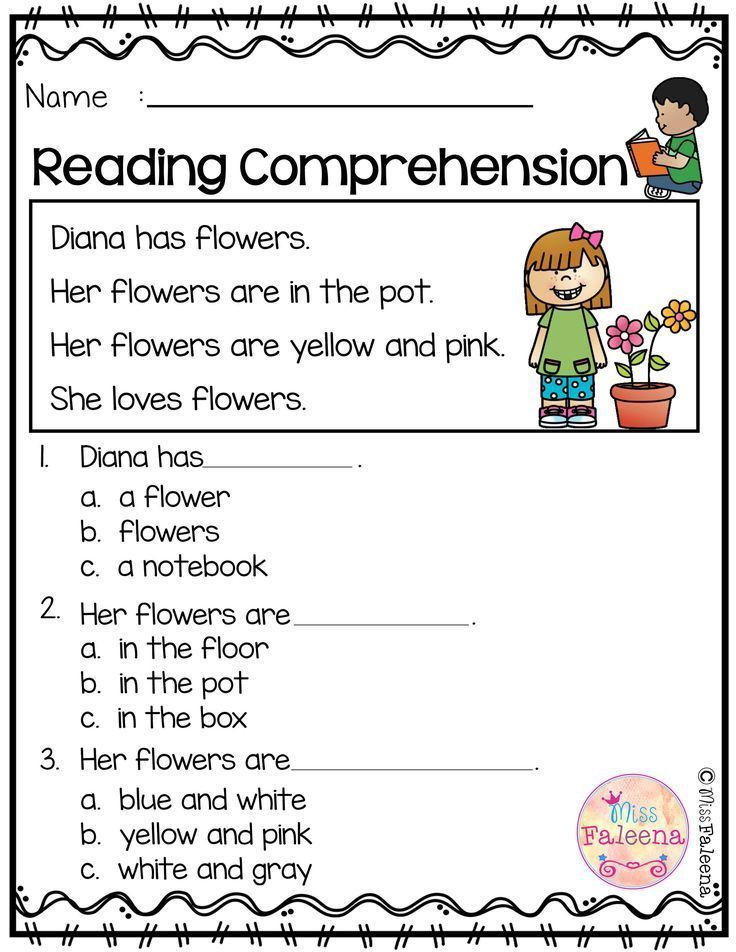 nine0006
nine0006 - What can be the product of reading? Result.
- And what can be the result of reading? Perception of the text - emotional response - reasoning - a series of questions and understanding of the meaning of what was read!!!
And in order for a child to understand the meaning, it is necessary:
- Read emotionally, expressively, make logical stops;
- pay attention to unfamiliar words and immediately explain them without making long pauses and not distracting the child's attention; nine0006
- in the course of reading, you can ask, as it were, a question to the author. These are short questions - answers that can be learned in the process of reading, for example: “What will happen now?”, “How can this be explained?”, “Why exactly?”, “Why did he do this?” and a number of other questions. The question, as it were, “hangs” in the air, it does not need to be answered, but this question, questions begin to activate thought processes in the child’s head.
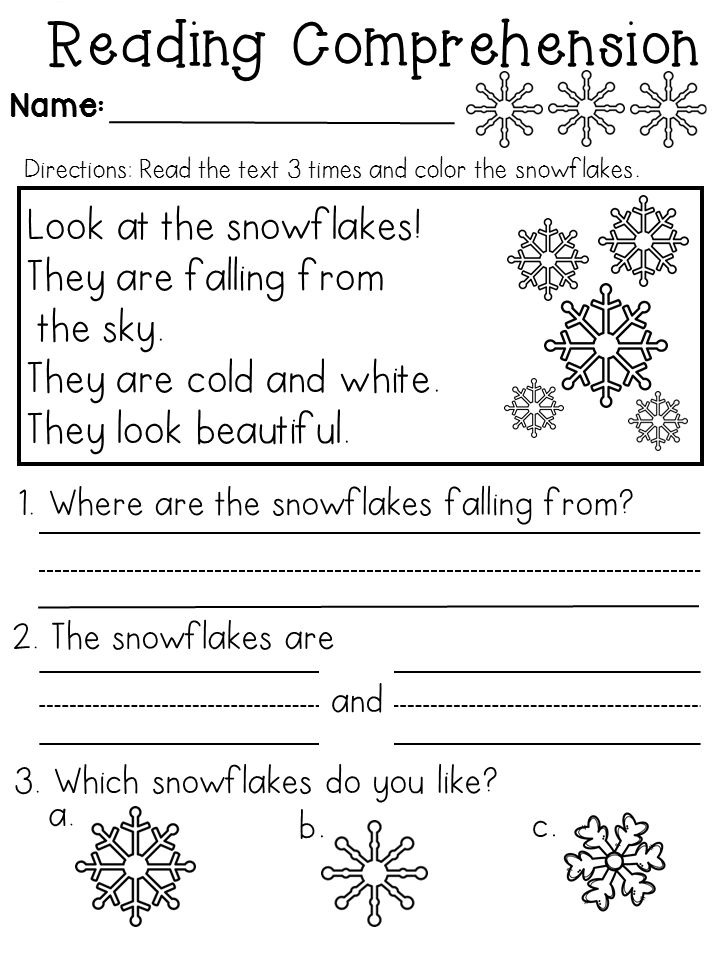 Attention is activated, internal reasoning begins, interest in listening to reading appears. nine0006
Attention is activated, internal reasoning begins, interest in listening to reading appears. nine0006 - reading commentary is a reading that is accompanied by explanations, interpretation of words, expressions, subtext in the form of explanations, reasoning, assumptions. Commenting is carried out in the course of reading, only this work with the work becomes motivated. Dear parents! I hope that this information will be useful to you. But this does not mean at all that every work must be read that way. Even if you take a book after a working day, just relax together, look at the illustrations, read and fall asleep, it will be wonderful. And if then, the next day, you talk about what you read, share your impressions with each other, then this will be 100% success. nine0006
Offers:
1. Read with children and keep a reading diary. Bring it to the group and tell the children before a quiet hour about what they have read, retell and show the illustrations.
2. Daily repeat the verses learned in the garden with the children.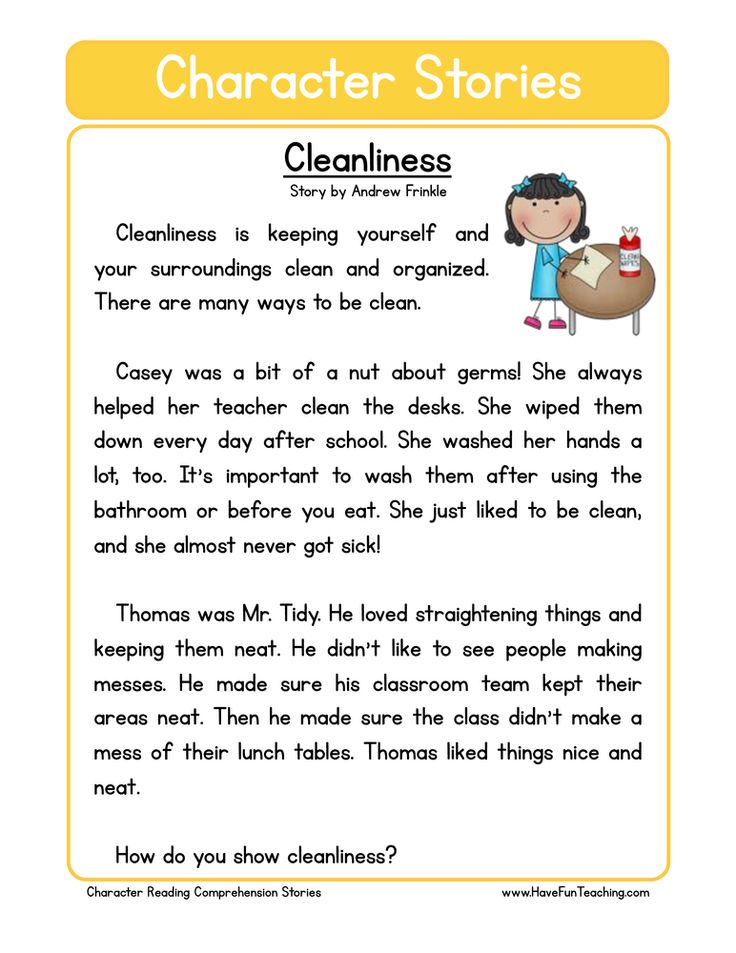
3. Organize a children's book corner at home.
Learning to read | Kindergarten No. 74 of a general developmental type
Home » Our consultations » From the experience of our teachers » Learning to read
For you parents!
(from the work experience of the educator MADOU No. 74 Rubtsova Marina Vasilievna )
Parents of preschool children attending kindergarten often rely on the fact that their children will be prepared for school by the efforts of educators. Indeed, specially organized classes help children prepare for school, but without the help of parents, such preparation will not be of high quality.
Experience shows that no best children's institution - neither a kindergarten nor an elementary school - can completely replace the family, family education. In a preschool institution, children are taught many useful skills, they are taught to draw, count, write and read. But if the family does not take an interest in the child’s activities, do not attach due importance to them, do not encourage diligence and diligence, the child also begins to treat them with disdain, does not strive to work better, correct his mistakes, and overcome difficulties in work. Some children are deeply offended by such inattention of their parents, they cease to be sincere and frank. On the contrary, the interest of parents in the affairs of the child attaches particular importance to all the achievements of the child. Help in overcoming the difficulties that arise in the performance of any kind of activity is always accepted with gratitude and contributes to the closeness of parents and children. At home, the ability to read can come as naturally to a child as the ability to walk or talk. Dear parents, grandparents! If you want to teach your child to read before he goes to school, pay attention and understanding to all our advice. To avoid the sad consequences of illiterate learning. nine0003
Some children are deeply offended by such inattention of their parents, they cease to be sincere and frank. On the contrary, the interest of parents in the affairs of the child attaches particular importance to all the achievements of the child. Help in overcoming the difficulties that arise in the performance of any kind of activity is always accepted with gratitude and contributes to the closeness of parents and children. At home, the ability to read can come as naturally to a child as the ability to walk or talk. Dear parents, grandparents! If you want to teach your child to read before he goes to school, pay attention and understanding to all our advice. To avoid the sad consequences of illiterate learning. nine0003
Learning to read
It is believed that learning to read early gives a child great intellectual potential. A pre-reader or a first-grader who is already reading develops faster, learns easier and better, and remembers more.
Where to start?
- The main rule of learning to read: "Do not chase the result!".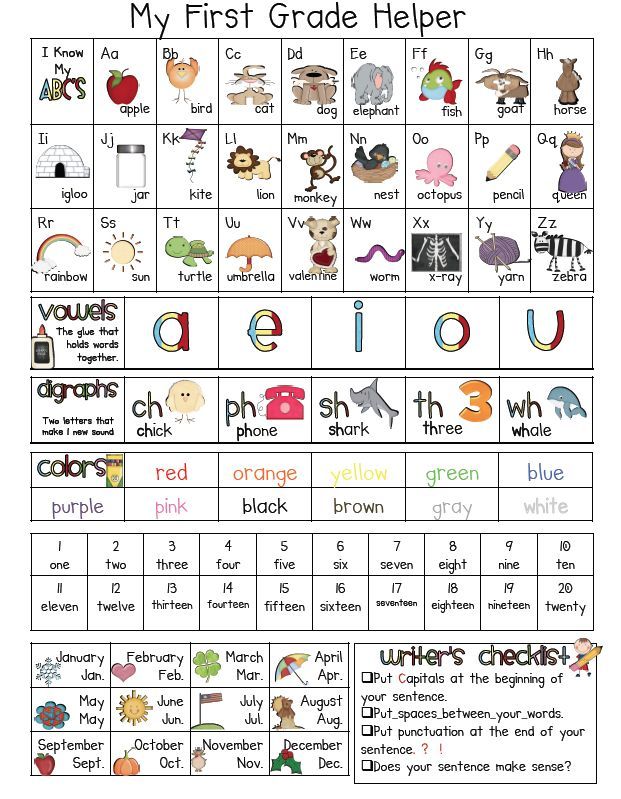 First, show your child the alphabet. If he is interested, consider it, name the letters, syllables. Learning to read is best started on their own initiative. Your task is to support, not to ruin the initiative with excessive zeal. nine0040 - Learning to read can begin with the study of letters or syllables. Colorful tables, posters, cubes are well suited for these purposes. The material may change from time to time. And it is not at all necessary to memorize the alphabetic name of the letters with the kids.
First, show your child the alphabet. If he is interested, consider it, name the letters, syllables. Learning to read is best started on their own initiative. Your task is to support, not to ruin the initiative with excessive zeal. nine0040 - Learning to read can begin with the study of letters or syllables. Colorful tables, posters, cubes are well suited for these purposes. The material may change from time to time. And it is not at all necessary to memorize the alphabetic name of the letters with the kids.
- Pay special attention to the game form of the lessons, as well as their duration (15-20 minutes). Do not forget how joyful and interesting they will be, his further education largely depends. The main thing is not to forget that all this is just a game, and not preparation for the exam. nine0003
-If a child is ill or not in the mood to study, it is better to postpone the “lesson”, do not study by force.
- Classes should be varied, change tasks more often, because small children get tired quickly and their attention is scattered. So you will have to constantly maintain the interest of the child in what you propose to do.
So you will have to constantly maintain the interest of the child in what you propose to do.
-Read in front of a child. Mom is the best role model.
- In parallel with reading, you can learn to write. The child will be quite capable of performing graphic tasks: circle simple figures point by point with your hand. You can "type" on the old keyboard. Maze toys prepare a hand well for writing, in which small details need to be raised, for example, from bottom to top, or swiped from left to right. nine0003
Important about letters
You can often see such a picture on the street. Mom asks the child, pointing to any letter of the sign on the house: "What is this letter?" The child happily answers: "PE!", Or "EM!", Or "ES!" One feels like saying:
“Dear adults! If this is how you call letters to children,
, then how will your little student read the syllable "MA"? Imagine, he will most likely get "EMA"! And he will be right: EM + A = EMA. And the word "MA-MA" in this case will be read as "EMA-EMA"! nine0040 Most teachers and speech therapists agree that when teaching preschool children, the alphabetic army should be called in a simplified way: not “pe”, but “p”, not “me”, but “m”.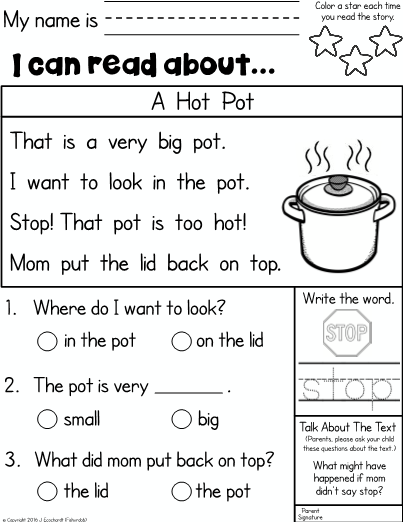
Learning to read at home
How to teach to read and not injure the psyche, not to force, but on the contrary, arouse interest and desire? If you actively played with the child, while attracting a book, then this will greatly facilitate the task.
The first unsuccessful experiences can completely discourage you from starting to learn to read. The child understands that learning to read is not so easy and hardly repeats attempts. Learn more letters back and forth. But to combine them into words and read, and then understand what you read - it's pretty hard. But gradually the child overcomes this difficulty. nine0003
Learn to read in the game. But, most importantly, what we should remember is not to torture the child and ourselves. Don't make it an unpleasant duty, don't compare one child to another.
Here we need patience, love, consistency, fantasy. You can beat the learning process, turn it into a holiday, into an exciting game.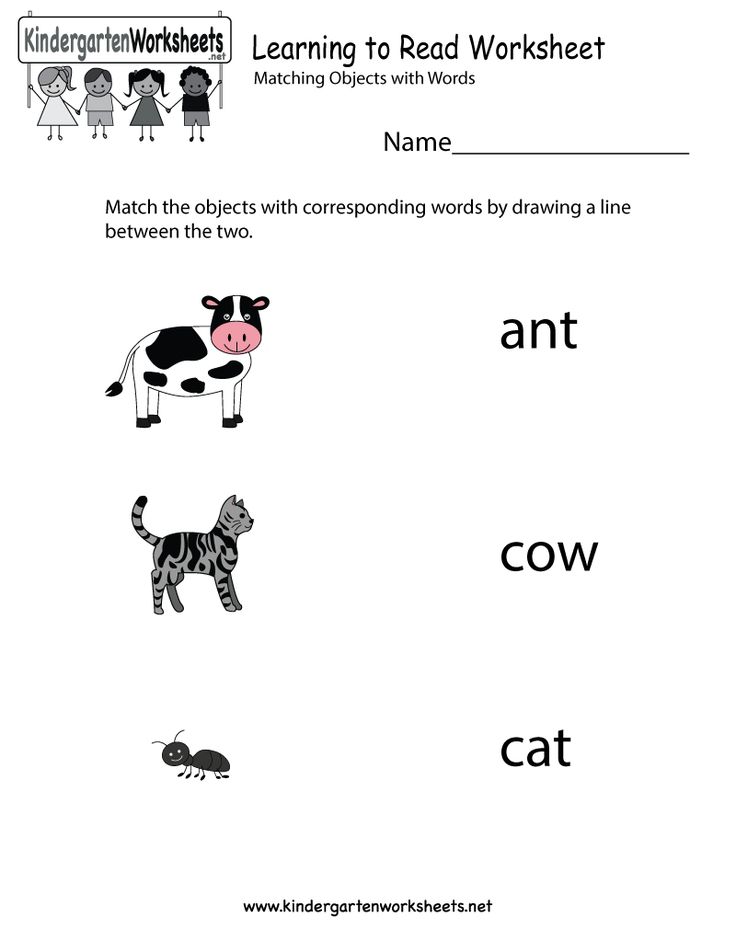 Keep it short but effective.
Keep it short but effective.
So, let's move on to the study of letters and sounds.
1. Learning is best to start with vowels.
Some parents have already introduced their children to different letters, but where do you start? You need to start with vowels, which you need to determine whether the child remembers them well.
To teach children to read, you can use cut out letters, paint, plasticine, whatever you want.
Now I'll show you some exercises that will help you reinforce the learned vowels.
- I will call you a letter, and you take it out of the magic box and we are building a house with you:
e e
A A A A
Ob about about about about
and and
U has
EE
This exercise is needed for that. so that the child learns to read and write lines. ( Can be read)
It will take some time to memorize one letter, three, four, five or even six days. If the child remembers longer, it's okay. It is important that the child not only read a new letter, but also knows how to find it. You can ask the child to find the letter O , then the letter A , and so little by little the child makes a train.
If the child remembers longer, it's okay. It is important that the child not only read a new letter, but also knows how to find it. You can ask the child to find the letter O , then the letter A , and so little by little the child makes a train.
A U O E I S E Y Y Y E
Later, when the train is completed, the child can read it. If a child has a hard time remembering vowels, you can remember them associatively. But A , as always, does not cause difficulties, U are ears, AND - we smile, O - this is a circle, what we see, then we say, the letter Yu - can be remembered as a skirt, E - the car is driving, E - hedgehog, If the child has forgotten the letter, then ask him: "Prickly with eyes."
The most difficult letter of the vowels is the letter E . This letter is difficult because some children pronounce it like E , this is wrong.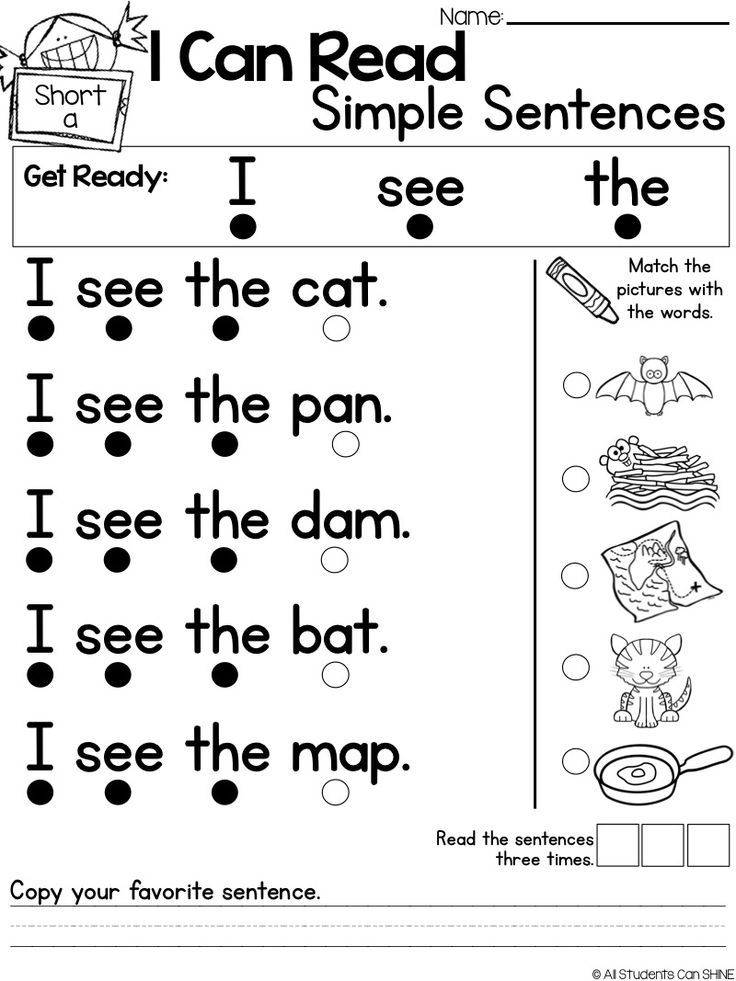 It is necessary to monitor the correct pronunciation of the sound and correct the child.
It is necessary to monitor the correct pronunciation of the sound and correct the child.
A U O E I S E Y Y Y E
The letter E came out to the yard for a walk, which letter came out to her, choose.
EO , swap it out to get OE .
So, we have already learned the vowels, let's move on to the consonants.
Consonants
To study consonants, choose the first voiced letter, M, N, L, R .
Consonants are best studied immediately with a familiar vowel. It is easier for a child to remember a new letter. In addition, we thus imperceptibly approach the syllables.
To do this, the child needs to build a house out of vowels:
A E
OU
U
and I
S
Next, we introduce the child with a new consonant letter.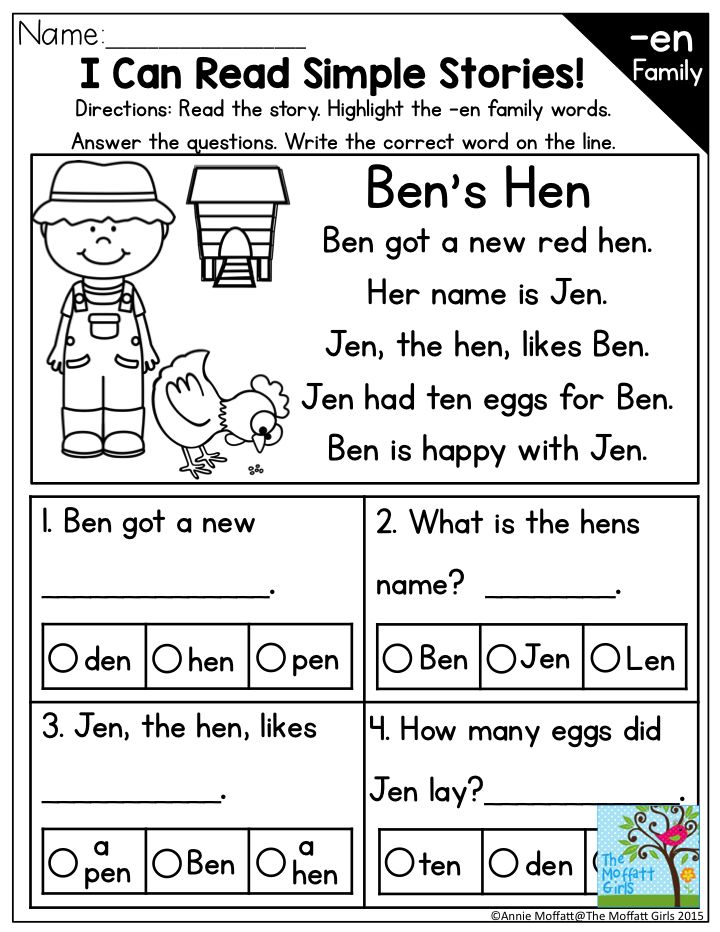 We tell the child to raise the letter on the elevator while reading the syllable.
We tell the child to raise the letter on the elevator while reading the syllable.
If a child cannot remember a letter or pronounces it incorrectly, an exercise called "Pens, Pens" will come in handy.
The child sits in front of you so that he is not distracted, take his hands. This exercise is difficult and requires a lot of attention. nine0003
You hold the child by the hands, and he, looking into your mouth, repeats after you.
The peculiarity of this exercise is that the child does not see the letter, he perceives it by ear.
First, show the child the letter with your hand, and let him name them, later you remove your hand and the child should show and name the letters. For example: with the letter , will have NU , etc. It is necessary to ensure that the child reads not only when you show him with your finger, but so that he himself can take and read. nine0003
Syllables
Children usually stumble at this stage.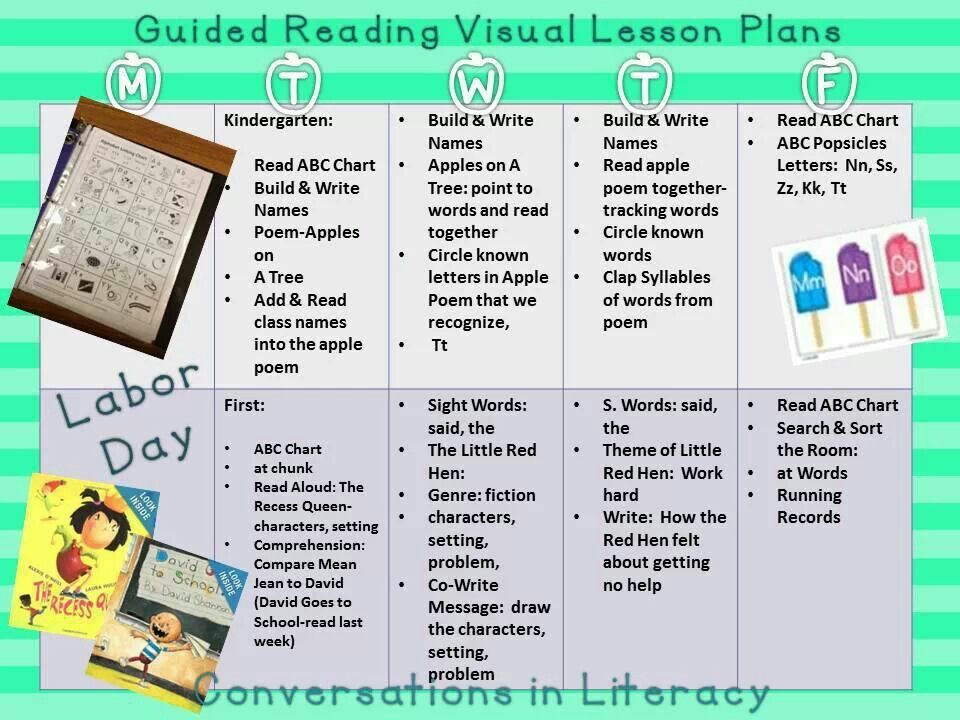 It is difficult for them to read syllables together. It is important that the child not only read the syllables first consonants and then vowels, but also to be able to distinguish when, on the contrary, there are first a vowel and then a consonant.
It is difficult for them to read syllables together. It is important that the child not only read the syllables first consonants and then vowels, but also to be able to distinguish when, on the contrary, there are first a vowel and then a consonant.
We offer you a manual that makes it easy for children to learn syllabic reading.
Didactic manual for teaching reading "Magic Windows"
At the stage of learning to read syllables, it is useful to use such a device. Making this educational game is not an easy task. But all preschoolers like to play with "windows", and you will not regret taking the time to make this manual. nine0040 You will need:
2 sheets of white or colored card stock;
sketchbook;
ruler;
simple pencil;
colored pencils or markers;
scissors, glue.
Make a markup on one sheet of cardboard: lay the sheet horizontally, divide it into 2 equal parts with a vertical line, mark windows at the same level in each half, observing the same indentation from the edges and from the middle line.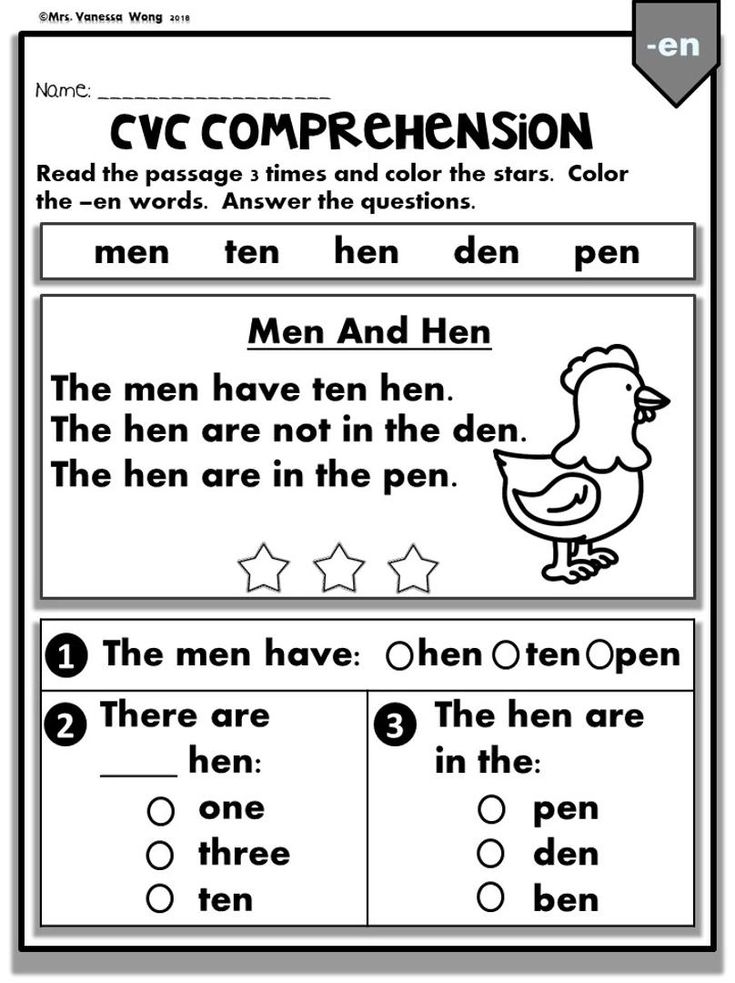 Cut out the windows with scissors. On the reverse side, glue a cap from the second sheet of cardboard. Apply glue only along the middle line, along the right and left edges. nine0040 Open the album in the middle, unfasten the staples and pull out the double sheet of paper. Cut it in half lengthwise so that you get two identical strips. Mark each strip along its entire length: draw rectangles with a width corresponding to the height of the window in the part made of cardboard earlier. On one strip, write the vowels A, O, U, Y, I, E, E, I, Yu, E (one letter in each rectangle). On the second strip, write the consonants M, P, N, K, C, C, T, B, D, G, 3, F (also one letter in each rectangle). nine0040 Insert the strips into the cardboard frame: the vowel strip on the right, the consonant strip on the left.
Cut out the windows with scissors. On the reverse side, glue a cap from the second sheet of cardboard. Apply glue only along the middle line, along the right and left edges. nine0040 Open the album in the middle, unfasten the staples and pull out the double sheet of paper. Cut it in half lengthwise so that you get two identical strips. Mark each strip along its entire length: draw rectangles with a width corresponding to the height of the window in the part made of cardboard earlier. On one strip, write the vowels A, O, U, Y, I, E, E, I, Yu, E (one letter in each rectangle). On the second strip, write the consonants M, P, N, K, C, C, T, B, D, G, 3, F (also one letter in each rectangle). nine0040 Insert the strips into the cardboard frame: the vowel strip on the right, the consonant strip on the left.
Now set any consonant letter in the left window, and move the right bar so that vowels appear in turn in the right window. Let the child read the resulting syllables. For example: MA - MO - MU - WE - MI - ME - MY - MY - MU - ME.